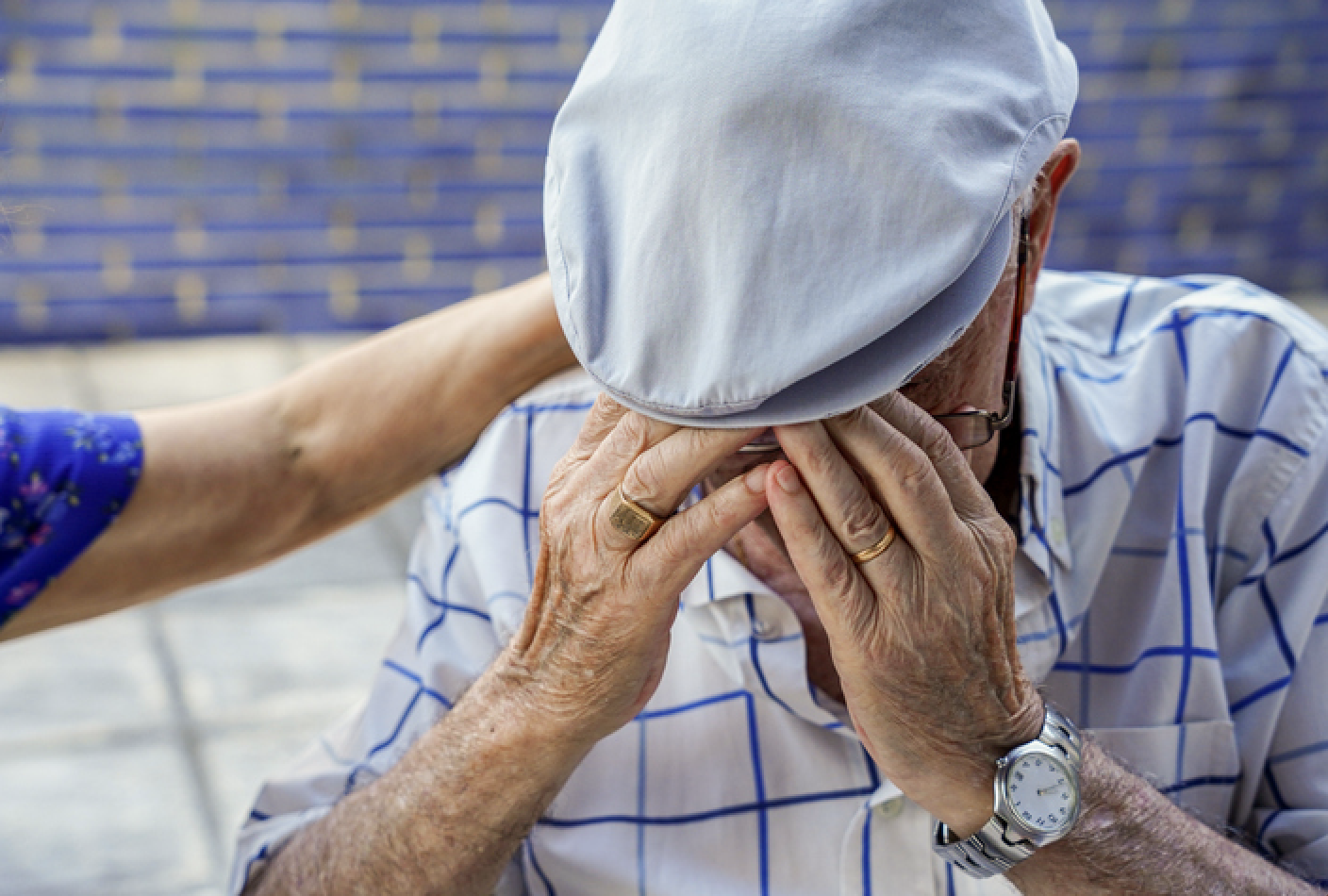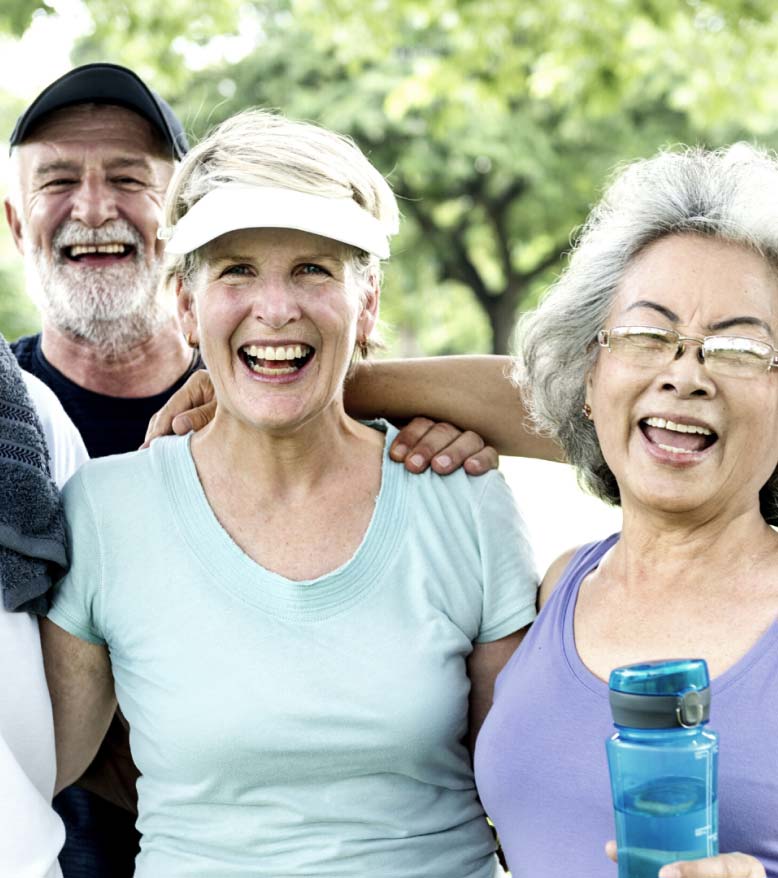Death Toll: Older Adults Have The Highest Suicide Rates
July 23, 2025

The data are distressing, especially as they paint a portrait of older adults. As one of the leading causes of death in this country, suicide (harm to oneself with the intent to die) affects all age groups. In the year 2023 alone, close to 50,000 deaths- one every 11 minutes- were caused by suicide. Moreover, millions more thought about suicide or attempted suicide but were not successful. But older adults are in a class by themselves, as the suicide rate among those 65 and older is on the rise and higher than the rates of other age groups. According to 2022 data, while older adults made up 16.8% of the population, they accounted for 22% of all suicides. Older adults also appear to be more successful in committing suicide, with one of every four suicide attempts successful, as compared to one of every 200 attempts in young adults. In fact, in the United States, men 75 years old and older have the highest overall suicide rate among all age groups. A recent post in STAT highlighted this tragedy among older men: For men aged 75-84, suicides accounted for 38.2 deaths per 100,000; for men 85 and older, that number rises to 55.7 deaths per 100,000. Moreover, that rate is more than 16 times the suicide rate for women in the same age groups.
What accounts for these troubling statistics? It’s a toxic array of factors that contribute to these high rates: Everything from planning suicides more carefully and using more lethal methods to living alone and being homebound, and lacking social connections or suffering from mental health concerns such as depression or anxiety. There is also grief over losing loved ones and the loss of identity that often plagues men after they retire. Financial troubles can also feed into the sense of anxiety or depression that can lead to suicidal thoughts. One other troubling factor deserves attention. Older men are considerably more likely to die from gun suicides, which are lethal 95 out of 100 times (other methods of suicide are much less lethal). As one expert made clear, “You don’t get a second chance if you use a gun.” Many states have “extreme risk protection laws” on the books to give law enforcement the authority to take away a gun from someone if they are at risk of harming themselves with it. However, someone needs to be aware of the gun risk to invoke this law. And that is part of the problem- so many older men are socially disconnected and lack a social support network.
Outreach efforts on suicide prevention have largely failed to address older adults at risk. While suicide prevention efforts are known to be successful, a recent study published in the American Journal of Geriatric Psychiatry reports that most of the prominent online programs addressing suicide prevention lack resources to specifically target older populations, especially older men. While there is a national suicide hotline available 24 hours a day, 7 days a week, it is not specifically targeted for older adults. There is also the “Friendship Line” available to give older adults the opportunity for human connection and support, especially when they feel depressed, lonely, or socially isolated. But this phone service is not specifically focused on suicide prevention, though it is advertised as a 24-hour crisis intervention hotline.
Clearly, the evidence is troubling, with no easy solutions to address the older adult suicide crisis. It behooves us all to be the eyes and ears for older adults who seem to be struggling and in need of support and help. The National Council on Aging recommends 5 steps to take if you are aware that an older person is contemplating suicide: Ask them directly; be there physically in their presence; keep them safe (try to eliminate methods of self harm); help them connect to meaningful support; and perhaps most importantly, continue to follow up, which has been shown to reduce death by suicide. We all need to do what we can to help those older adults in crisis get the support and assistance that they need.







